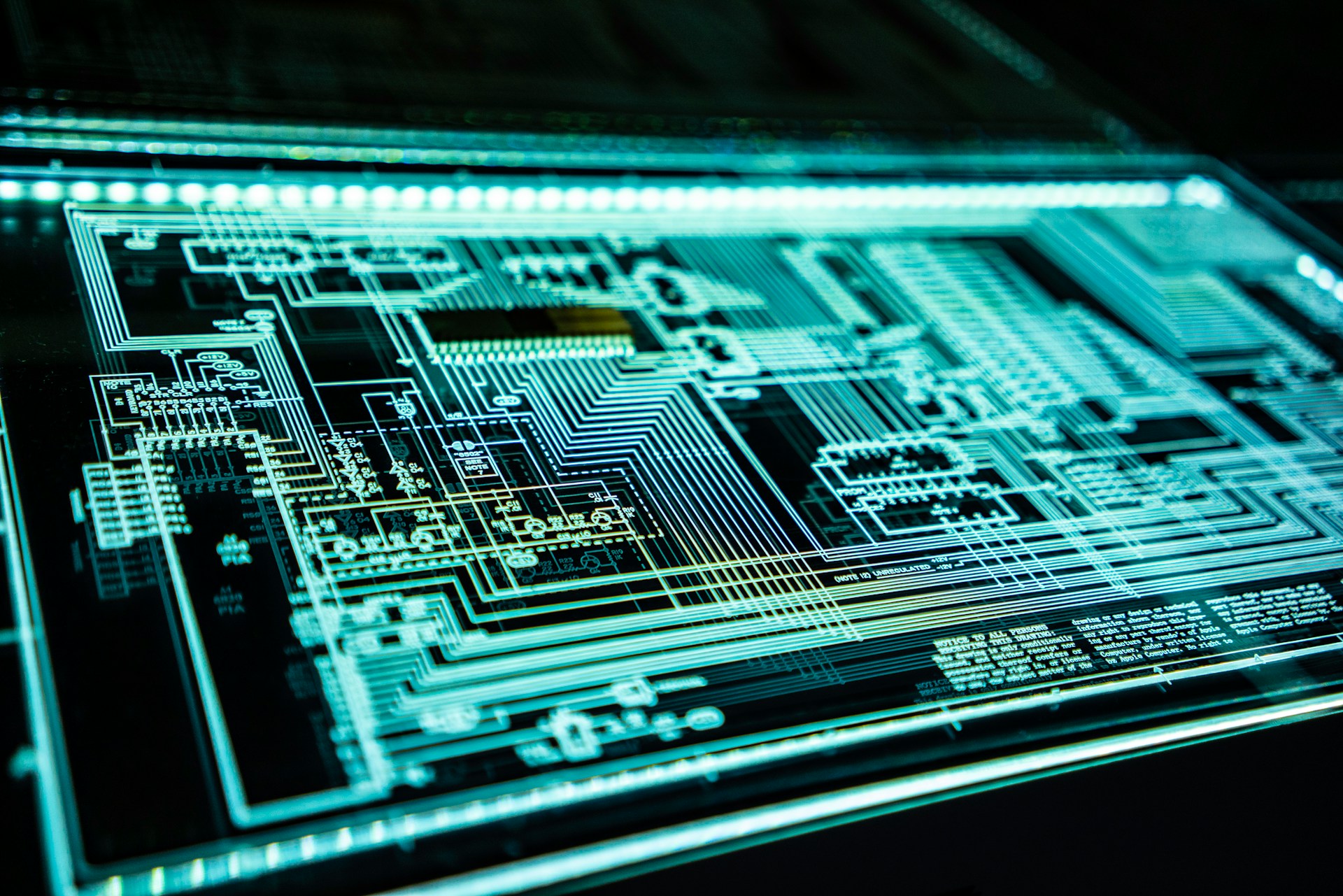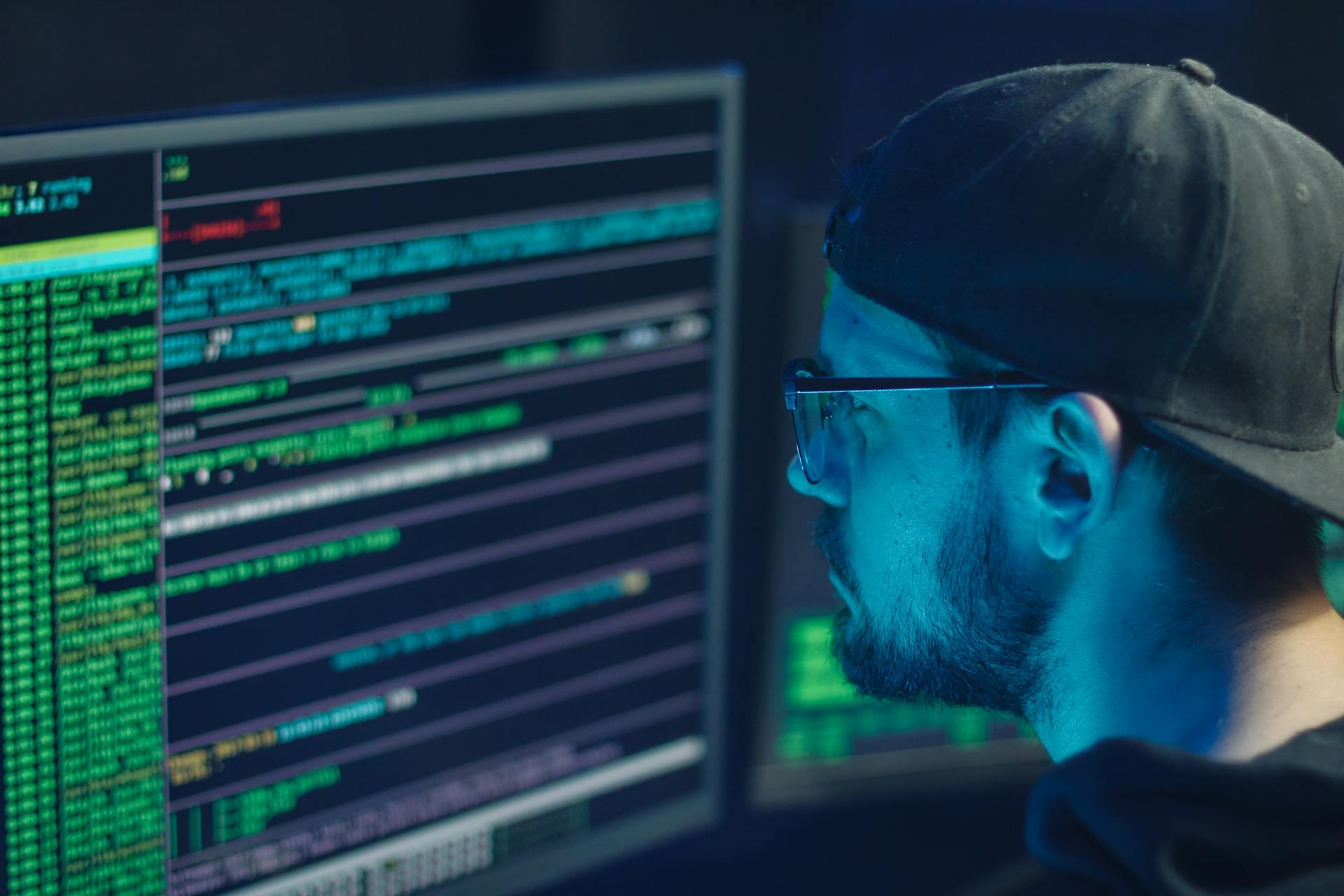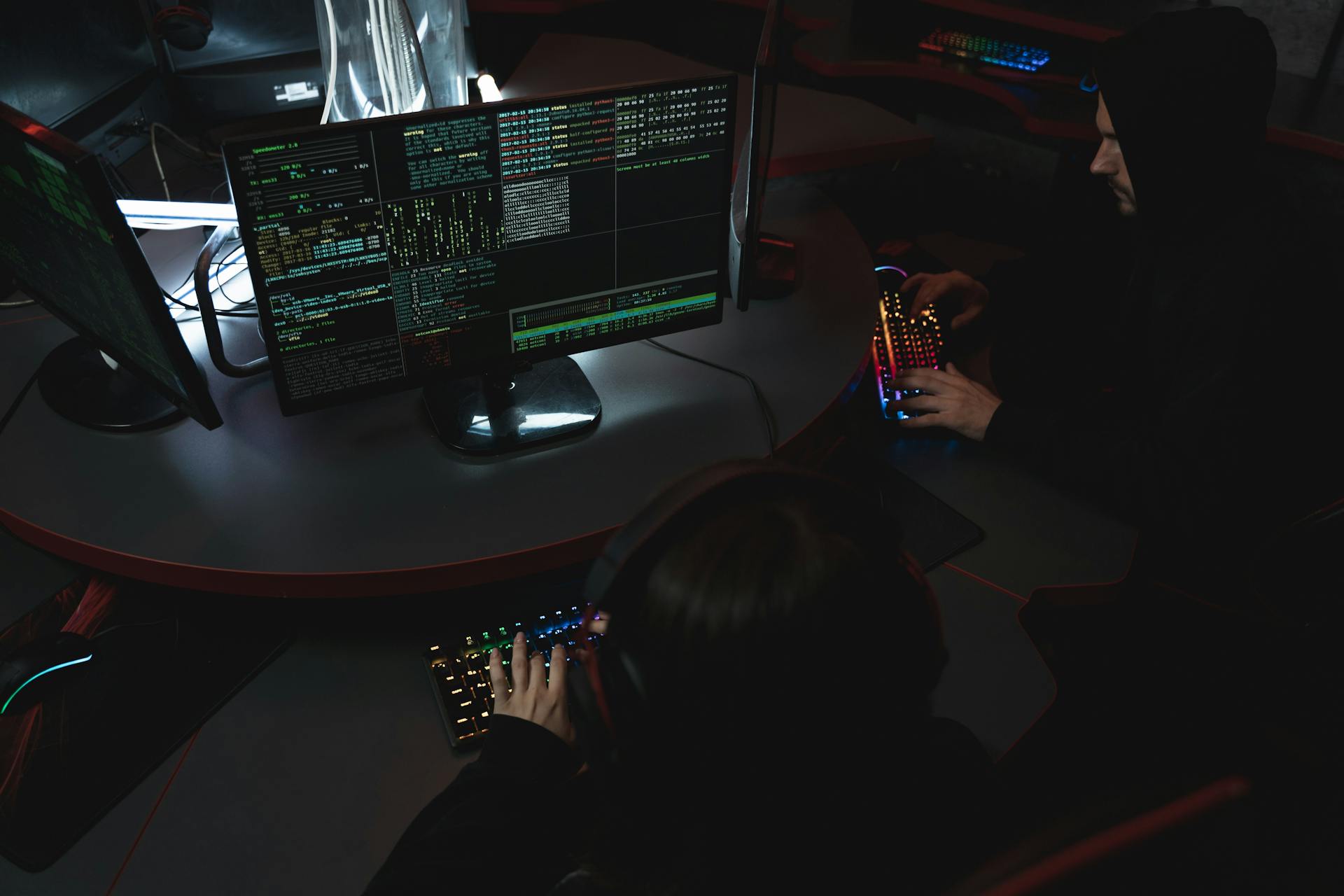
Ransomware has evolved dramatically in 2025. Gone are the days when hackers simply encrypted files and demanded payment. Today’s ransomware gangs leverage AI, deepfakes, and advanced extortion techniques to maximize impact and pressure victims into paying. Organizations face more sophisticated attacks that combine technology, psychological manipulation, and data theft.
At KMicro, we help enterprises defend against modern ransomware attacks with proactive cybersecurity, managed IT services, and advanced threat detection.
The New Face of Ransomware
Modern ransomware campaigns now incorporate advanced technology:
-
AI-Powered Phishing: Attackers generate realistic emails using AI, tailored to employees’ roles, writing style, and habits.
-
Deepfake Threats: Cybercriminals use AI-generated video or audio to impersonate executives, making extortion demands more credible.
-
Double Extortion: Hackers not only encrypt files but also steal sensitive data, threatening to release it publicly if the ransom isn’t paid.
These tactics have made ransomware more dangerous and targeted than ever, demanding robust defenses and rapid response capabilities.
Why Enterprises Are at Risk
Ransomware gangs exploit gaps in hybrid and cloud environments, endpoints, and poorly secured applications:
-
Unpatched Systems: Outdated software provides easy entry points.
-
Weak Access Controls: Single-factor authentication or overly broad permissions enable lateral movement.
-
Employee Vulnerability: Human error remains a leading cause of breaches, especially via phishing.
-
Third-Party Risk: Vendors or cloud services with weak security can introduce vulnerabilities.
A comprehensive approach to cybersecurity awareness and managed defenses is critical for minimizing ransomware risk.
Modern Ransomware Tactics
1. AI-Generated Phishing
AI enables attackers to craft highly convincing emails that mimic internal communications or trusted vendors. These messages often bypass traditional spam filters and trick employees into clicking malicious links.
-
Tailored messages increase click-through rates.
-
Social engineering is automated, scaling attacks to hundreds or thousands of targets simultaneously.
Organizations can mitigate these attacks with advanced monitoring and training, ensuring employees recognize suspicious messages.
2. Deepfake Extortion
Ransomware gangs now use AI-generated audio or video to impersonate executives or partners, demanding payment or sensitive information. Victims are pressured to comply due to the perceived authenticity of the communication.
-
Voice cloning can replicate leadership tone perfectly.
-
Video deepfakes can create seemingly authentic instructions from executives.
This innovation has made ransomware psychologically more threatening, increasing the likelihood of ransom payment.
3. Double Extortion Schemes
In double extortion, attackers encrypt data and simultaneously steal it, threatening public release if the ransom is not paid. This puts additional pressure on organizations, as the consequences extend beyond operational downtime to regulatory fines and reputational damage.
-
Personal data leaks can trigger GDPR or CCPA penalties.
-
Sensitive corporate information exposure can result in competitive losses.
4. AI-Powered Attack Planning
Hackers now employ AI to analyze network behavior, identify weak spots, and automate lateral movement inside networks. This allows attackers to target critical infrastructure quickly and effectively.
-
AI can prioritize high-value targets automatically.
-
Early detection and automated defenses are critical to prevent rapid compromise.
How KMicro Helps Organizations Defend Against Ransomware 3.0
Modern ransomware requires modern defenses. KMicro’s solutions focus on proactive prevention, rapid detection, and expert response:
1. Managed IT Security
With IT Managed services, enterprises gain continuous monitoring and threat detection, ensuring ransomware attacks are detected before they escalate. Automated alerts and remediation reduce response times and limit damage.
2. Comprehensive Cybersecurity
KMicro’s Cyber Security offerings provide layered protection, including endpoint monitoring, email security, and AI-threat detection. These tools help organizations stop phishing, malware, and deepfake attacks in their tracks.
3. Business Application Protection
Ransomware often targets mission-critical business applications. KMicro’s Business Application services secure enterprise applications across hybrid environments, preventing unauthorized access and protecting sensitive data.
4. Copilot Security Integration
AI-powered productivity tools, like GitHub Copilot and Microsoft 365 Copilot, can be targeted or exploited. Copilot solutions integrate security measures that prevent data leaks and reduce exposure during AI-driven workflows.
5. Cloud Compliance and Licensing
Ensuring secure cloud infrastructure is essential. KMicro’s CSP Licensing helps enterprises maintain compliant cloud deployments, reducing vulnerabilities that ransomware gangs could exploit.
6. Modern Workplace Security
Hybrid work environments increase ransomware risk due to remote access and BYOD policies. Modern Workplace solutions combine productivity tools with security best practices, helping employees work safely from anywhere.
7. Stay Informed and Prepared
Awareness is key. The KMicro Blog & News offers updates on ransomware trends, AI-driven threats, and actionable guidance to stay ahead of cybercriminals.
Actionable Steps to Mitigate Ransomware Risk
Enterprises can reduce ransomware risk by combining technology, process, and people-focused strategies:
-
Patch and Update Systems Regularly: Prevent attackers from exploiting known vulnerabilities.
-
Enforce Zero-Trust Access Controls: Limit exposure and enforce MFA.
-
Train Employees on Phishing and Social Engineering: Human awareness is critical.
-
Deploy Automated Monitoring Tools: Detect anomalies before they escalate.
-
Implement Regular Backups and Incident Response Plans: Ensure rapid recovery if encryption occurs.
-
Secure AI Tools and SaaS Platforms: Prevent misuse or data leakage in productivity applications.
By adopting a layered defense strategy, organizations can reduce the risk and impact of modern ransomware attacks.
Conclusion
Ransomware 3.0 represents a new era of cyber threats. AI-generated phishing, deepfakes, and double extortion have made attacks more sophisticated, targeted, and psychologically coercive. Enterprises must adopt proactive cybersecurity measures that combine automation, monitoring, training, and expert guidance.
KMicro provides the expertise and solutions organizations need to defend against these advanced threats. From managed IT services and cybersecurity solutions to AI-integrated protection and cloud compliance, KMicro ensures your business stays secure in 2025 and beyond. Learn how KMicro can protect your enterprise against modern ransomware attacks and maintain business resilience.
-

Post-Quantum Security: Preparing for the Next Encryption Breakthrough
31 Oct, 2025
-

Human-Led SOCs: The Future of Threat Detection and Response
31 Oct, 2025
-

Cyber Resilience by Design: Embedding Security into Every Layer of the Enterprise
31 Oct, 2025
-

The Rise of Deepfake Threats: How AI Red Teams Are Fighting Back
31 Oct, 2025
-

From Data Lakes to Defense Lakes: Using Log Analytics to Power Smarter Cybersecurity
31 Oct, 2025